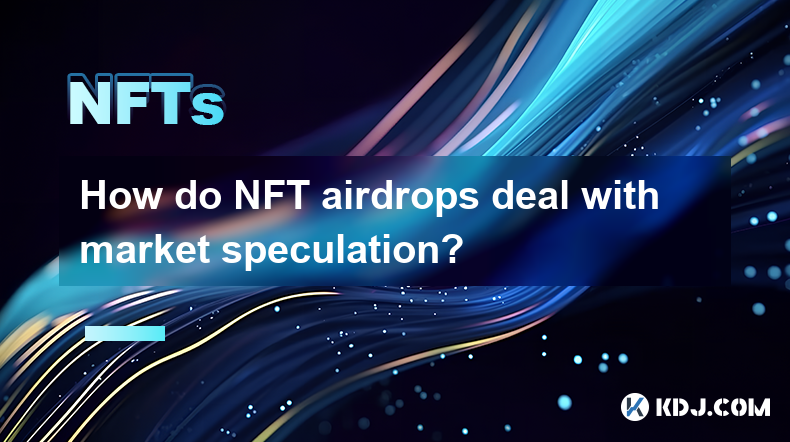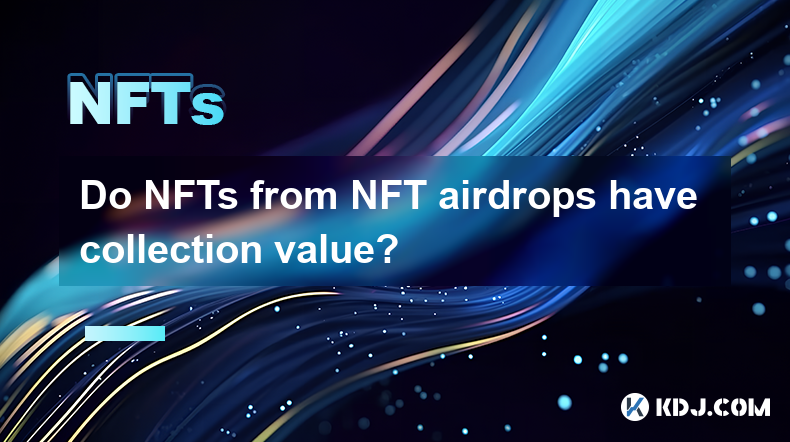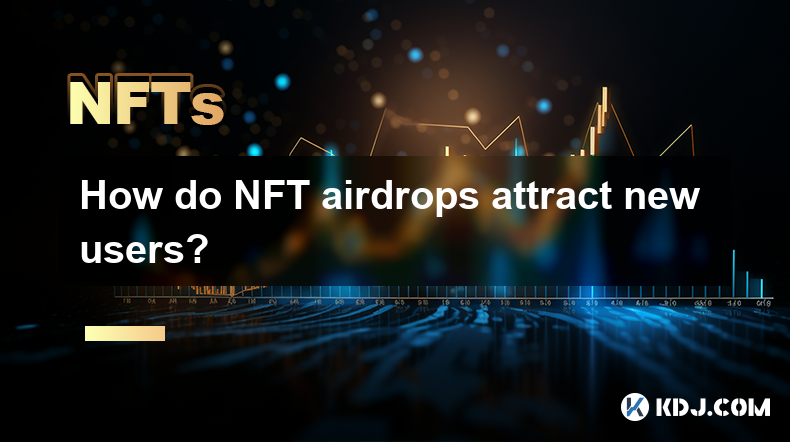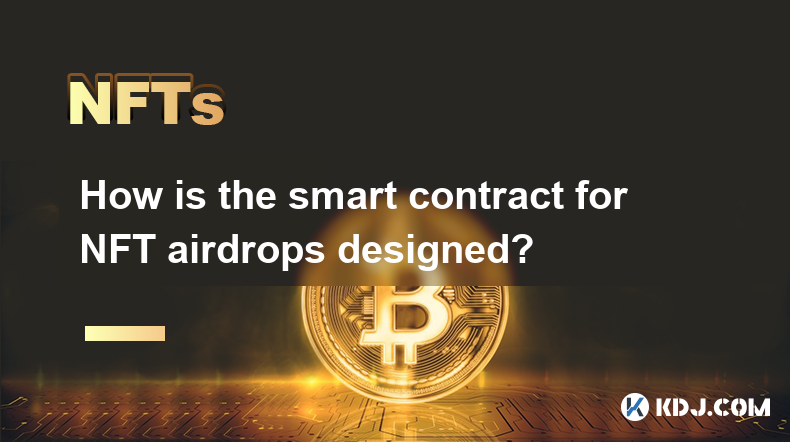-
 Bitcoin
Bitcoin $88,575.4133
1.33% -
 Ethereum
Ethereum $1,623.1195
-0.94% -
 Tether USDt
Tether USDt $1.0000
0.01% -
 XRP
XRP $2.1040
-0.96% -
 BNB
BNB $605.9509
0.36% -
 Solana
Solana $139.9862
-0.01% -
 USDC
USDC $1.0000
0.00% -
 Dogecoin
Dogecoin $0.1637
1.09% -
 TRON
TRON $0.2482
1.98% -
 Cardano
Cardano $0.6392
-1.18% -
 Chainlink
Chainlink $13.3059
-1.43% -
 UNUS SED LEO
UNUS SED LEO $9.0739
-4.00% -
 Avalanche
Avalanche $20.1274
-2.31% -
 Stellar
Stellar $0.2484
-4.08% -
 Sui
Sui $2.3116
2.05% -
 Shiba Inu
Shiba Inu $0.0...01252
-0.73% -
 Toncoin
Toncoin $2.9119
-3.20% -
 Hedera
Hedera $0.1725
0.04% -
 Bitcoin Cash
Bitcoin Cash $346.0750
1.19% -
 Hyperliquid
Hyperliquid $18.2428
0.88% -
 Litecoin
Litecoin $79.3117
-2.01% -
 Polkadot
Polkadot $3.7471
-4.36% -
 Dai
Dai $1.0000
0.00% -
 Bitget Token
Bitget Token $4.4341
-0.56% -
 Ethena USDe
Ethena USDe $0.9992
0.00% -
 Pi
Pi $0.6353
0.33% -
 Monero
Monero $216.8188
0.48% -
 Pepe
Pepe $0.0...08105
3.48% -
 Uniswap
Uniswap $5.3764
-1.05% -
 OKB
OKB $51.0901
0.18%
What is the definition and core features of NFT?
NFTs are unique, blockchain-verified digital or physical assets with verifiable ownership, unlike fungible cryptocurrencies. Key features include uniqueness, verifiability, scarcity, and programmability, enabling new digital ownership models and diverse applications.
Feb 28, 2025 at 01:24 am

What is the definition and core features of NFT?
Key Points:
- Definition: NFTs, or Non-Fungible Tokens, are unique, indivisible digital or physical assets verified on a blockchain. Unlike fungible tokens like Bitcoin or Ethereum, where one unit is identical to another, each NFT is distinct and possesses verifiable ownership.
- Core Features: Uniqueness, verifiability, scarcity, and programmability are key features differentiating NFTs from other digital assets. These features create opportunities for digital ownership, provenance tracking, and new forms of digital interaction.
- Blockchain Technology: NFTs are built upon blockchain technology, ensuring transparency, immutability, and secure record-keeping of ownership. The blockchain acts as a public ledger, tracking the history and ownership of each NFT.
- Use Cases: NFTs find applications in various sectors, including digital art, collectibles, gaming, virtual real estate (metaverse), ticketing, and supply chain management. Their unique properties allow for the creation of new digital economies and ownership models.
- Challenges: The NFT space faces challenges like scalability, environmental concerns (energy consumption of some blockchains), regulatory uncertainty, and market volatility. These issues require ongoing development and solutions.
Understanding NFTs: A Deep Dive
- Definition and Underlying Technology:
NFTs are cryptographic tokens representing unique digital or physical assets. The "non-fungible" characteristic is crucial; it means each NFT is distinct and cannot be directly substituted for another. Think of it like a one-of-a-kind piece of art, unlike a dollar bill, where one dollar is interchangeable with another. This uniqueness is enforced through blockchain technology. The blockchain acts as a distributed, immutable ledger, recording all transactions and ownership changes of the NFT. This transparency and security are critical for establishing trust and preventing counterfeiting. The specific blockchain used (Ethereum, Solana, Polygon, etc.) determines the NFT's functionality and characteristics. Each NFT has a unique identifier, metadata (data describing the asset), and a smart contract (a self-executing contract with predefined rules). The metadata might include details like the artist's name, creation date, and a description of the artwork. The smart contract defines the terms of ownership, transfer, and any other functionalities associated with the NFT. This combination of unique identifiers, metadata, and smart contracts on a secure blockchain is what makes NFTs truly unique and verifiable. The immutability of the blockchain ensures that the ownership history cannot be altered or forged, providing a verifiable chain of custody. This aspect is particularly significant for art, collectibles, and other assets where provenance is crucial.
- Core Features and Functionality:
The core features driving the value and utility of NFTs are intricately linked. The uniqueness is fundamental, guaranteeing that no two NFTs are identical. This characteristic is directly tied to the verifiability offered by the blockchain; the ownership history is transparent and readily auditable. This transparency eliminates doubts about authenticity and ownership, a significant advantage over traditional digital assets that are easily copied and distributed. Scarcity plays a pivotal role, often artificially created through limited mints or unique characteristics. The scarcity contributes to the value proposition, mimicking the dynamics of rare collectibles. Finally, programmability via smart contracts allows for the integration of additional functionalities. Smart contracts can trigger actions based on predefined conditions, such as royalty payments to the creator whenever the NFT is resold, or access to exclusive content. The programmability opens up avenues for creative applications beyond simple ownership records. This combination of features creates a new paradigm for digital ownership and asset management. It enables artists to directly monetize their work, collectors to acquire verified ownership, and businesses to create innovative engagement models. However, the implications extend beyond art and collectibles; the potential applications in gaming, supply chain management, and even real-world asset representation are immense.
- Blockchain's Role in NFT Creation and Management:
The blockchain's decentralized and immutable nature is paramount to the existence and functionality of NFTs. It acts as a transparent and tamper-proof ledger, recording every transaction related to the NFT. This means that the ownership history, creation date, and any other relevant data are permanently recorded on the blockchain, making it impossible to alter or erase. This transparency and security are what differentiate NFTs from easily duplicated digital files. The process of creating an NFT involves minting it on a blockchain. This involves uploading the asset's metadata and creating a unique identifier on the blockchain. Once minted, the NFT exists as a unique token on the blockchain, and its ownership can be transferred through transactions recorded on the same blockchain. Different blockchains have varying capabilities and associated costs. Some blockchains are more suitable for specific types of NFTs due to their transaction speeds, fees, and smart contract capabilities. Ethereum, for example, is a popular choice for NFTs due to its established ecosystem and smart contract functionality, but its high transaction fees can be a drawback. Other blockchains, such as Solana or Polygon, offer faster transaction speeds and lower fees, making them attractive alternatives. The choice of blockchain often depends on the specific needs and priorities of the NFT creator or project. The blockchain also ensures the security and integrity of the NFT. Because the blockchain is decentralized, there is no single point of failure. This makes it very difficult to tamper with or delete the NFT data. This robustness is a crucial factor in ensuring the long-term value and trust associated with NFTs.
- Diverse Applications Across Industries:
The versatility of NFTs extends far beyond digital art and collectibles. Their unique features have sparked innovation across multiple industries. In the art world, NFTs allow artists to sell their work directly to collectors, bypassing traditional intermediaries like galleries and auction houses. This enables artists to retain a larger share of the profits and fosters a more direct relationship with their audience. In gaming, NFTs can represent in-game items, characters, or virtual land, allowing players to own and trade their assets. This creates a new economy within the game, where players can earn and exchange value. The metaverse, a collective virtual shared space, relies heavily on NFTs for representing virtual real estate, avatars, and other digital assets. These NFTs provide verifiable ownership and can be traded within the metaverse economy. In supply chain management, NFTs can track the provenance of goods, ensuring authenticity and transparency throughout the supply chain. This is particularly useful for luxury goods or products prone to counterfeiting. Ticketing is another area where NFTs offer advantages, providing tamper-proof tickets that cannot be forged or resold illegally. This enhances security and reduces fraud. The applications are constantly expanding, with new use cases emerging regularly. The core principles of uniqueness, verifiability, and scarcity make NFTs adaptable to a wide range of industries and applications. This adaptability is driving ongoing innovation and shaping new models of digital ownership and interaction.
- Challenges and Future Developments:
Despite the significant potential, the NFT space faces considerable challenges. Scalability is a major concern, particularly on blockchains like Ethereum, where high transaction fees and network congestion can hinder widespread adoption. Environmental concerns arise from the energy consumption of some blockchains, particularly those using proof-of-work consensus mechanisms. The development of more energy-efficient blockchains is crucial for addressing this issue. Regulatory uncertainty is another significant challenge. Governments worldwide are still grappling with how to regulate NFTs, leading to uncertainty for creators, buyers, and investors. Clear regulatory frameworks are necessary to foster responsible growth and protect consumers. Market volatility is inherent to the NFT market, with prices fluctuating wildly based on speculation and market sentiment. This volatility poses risks to investors and requires a cautious approach. Addressing these challenges requires collaborative efforts from developers, regulators, and the broader community. Technological advancements, such as the development of more energy-efficient blockchains and improved scalability solutions, are essential. Clearer regulatory frameworks will provide stability and encourage responsible innovation. Educating the public about the risks and benefits of NFTs is also crucial to fostering a healthy and sustainable ecosystem. The future of NFTs will depend on how these challenges are addressed and on the ongoing innovation within the technology and its applications.
FAQs:
Q: What is the difference between an NFT and a cryptocurrency?
A: Cryptocurrencies like Bitcoin and Ethereum are fungible, meaning one unit is identical to another. NFTs, on the other hand, are non-fungible, meaning each one is unique and indivisible. You can exchange one Bitcoin for another, but you cannot exchange one specific NFT for another identical one. Both utilize blockchain technology, but their functionalities and applications differ significantly.
Q: Can NFTs represent physical assets?
A: Yes, NFTs can represent both digital and physical assets. The NFT acts as a certificate of authenticity and ownership, linking the digital token to a physical item. This allows for verifiable provenance and secure tracking of the asset's ownership history.
Q: What are the risks associated with investing in NFTs?
A: The NFT market is highly volatile, and prices can fluctuate significantly. There's a risk of losing your investment if the market declines. Furthermore, there's a risk of scams and fraudulent NFTs. Thorough research and due diligence are crucial before investing in any NFT.
Q: How are NFTs created?
A: NFTs are created through a process called "minting," which involves uploading the asset's metadata and creating a unique identifier on a blockchain. This process typically involves using specialized software and paying a transaction fee to the blockchain network.
Q: What are smart contracts in the context of NFTs?
A: Smart contracts are self-executing contracts with predefined rules written into the NFT's code. They can automate tasks such as royalty payments to the creator upon resale or grant access to exclusive content.
Q: What is the environmental impact of NFTs?
A: The environmental impact depends heavily on the blockchain used. Blockchains that use proof-of-work consensus mechanisms, like some earlier versions of Ethereum, consume significant amounts of energy. However, many blockchains are transitioning to more energy-efficient consensus mechanisms, mitigating this concern. Choosing to utilize NFTs on more environmentally friendly blockchains is a critical factor to consider.
Disclaimer:info@kdj.com
The information provided is not trading advice. kdj.com does not assume any responsibility for any investments made based on the information provided in this article. Cryptocurrencies are highly volatile and it is highly recommended that you invest with caution after thorough research!
If you believe that the content used on this website infringes your copyright, please contact us immediately (info@kdj.com) and we will delete it promptly.
- AVAX Price Prediction 2025: Will Avalanche Reach New Heights?
- 2025-04-22 17:50:12
- XRP Price Prediction Shows Bullish Momentum After Coinbase Lists Its Futures Contracts
- 2025-04-22 17:50:12
- Bitcoin is surging again, capturing the spotlight in the crypto world.
- 2025-04-22 17:45:12
- Pi Network (PI) Holds Above $0.63: $5 Price Prediction and Whale Accumulation Fuel Optimism
- 2025-04-22 17:45:12
- One of the cryptocurrencies that ranked in the eleventh place, Chainlink, has been in the spotlight as it is traded at $13.12
- 2025-04-22 17:40:12
- Pi Network's Token Structure Promises a Fair Launch
- 2025-04-22 17:40:12
Related knowledge

How to display and trade NFTs from NFT airdrops?
Apr 18,2025 at 04:42am
How to Display and Trade NFTs from NFT Airdrops? NFT airdrops have become a popular way for projects to distribute their tokens and engage with their community. If you've received NFTs through an airdrop, you might be wondering how to display and trade them. This article will guide you through the process step-by-step, ensuring you can showcase your NFT...

How do NFT airdrops deal with market speculation?
Apr 20,2025 at 10:28pm
NFT airdrops have become a significant phenomenon in the cryptocurrency space, often used as a marketing tool to distribute tokens or digital assets to a wide audience. However, they also introduce elements of market speculation that can impact the value and perception of NFTs. This article explores how NFT airdrops deal with market speculation, delving...

Do NFTs from NFT airdrops have collection value?
Apr 18,2025 at 11:49pm
NFTs, or non-fungible tokens, have become a significant part of the cryptocurrency ecosystem, and NFT airdrops are one way for projects to distribute these digital assets to their community. A common question that arises is whether NFTs received from airdrops have any collection value. To answer this question, we need to delve into various aspects of NF...

How do NFT airdrops attract new users?
Apr 21,2025 at 07:21am
NFT airdrops have become a popular strategy within the cryptocurrency community to attract new users and engage existing ones. By distributing free NFTs to a targeted audience, projects can create buzz, increase visibility, and foster a sense of community. This method leverages the allure of free digital assets to draw in participants who might not have...

How is the smart contract for NFT airdrops designed?
Apr 18,2025 at 03:10am
The design of a smart contract for NFT airdrops is a complex process that requires careful consideration of various factors to ensure the airdrop is executed smoothly and securely. This article will delve into the intricacies of how such a smart contract is designed, focusing on key components, security measures, and the implementation process. Key Comp...

Will NFT airdrops affect the market value of NFT?
Apr 22,2025 at 06:56am
The impact of NFT airdrops on the market value of NFTs is a topic of significant interest within the cryptocurrency and digital asset community. NFT airdrops, where creators or platforms distribute free NFTs to a targeted group of recipients, can have various effects on the market value of NFTs. This article delves into the different ways NFT airdrops c...

How to display and trade NFTs from NFT airdrops?
Apr 18,2025 at 04:42am
How to Display and Trade NFTs from NFT Airdrops? NFT airdrops have become a popular way for projects to distribute their tokens and engage with their community. If you've received NFTs through an airdrop, you might be wondering how to display and trade them. This article will guide you through the process step-by-step, ensuring you can showcase your NFT...

How do NFT airdrops deal with market speculation?
Apr 20,2025 at 10:28pm
NFT airdrops have become a significant phenomenon in the cryptocurrency space, often used as a marketing tool to distribute tokens or digital assets to a wide audience. However, they also introduce elements of market speculation that can impact the value and perception of NFTs. This article explores how NFT airdrops deal with market speculation, delving...

Do NFTs from NFT airdrops have collection value?
Apr 18,2025 at 11:49pm
NFTs, or non-fungible tokens, have become a significant part of the cryptocurrency ecosystem, and NFT airdrops are one way for projects to distribute these digital assets to their community. A common question that arises is whether NFTs received from airdrops have any collection value. To answer this question, we need to delve into various aspects of NF...

How do NFT airdrops attract new users?
Apr 21,2025 at 07:21am
NFT airdrops have become a popular strategy within the cryptocurrency community to attract new users and engage existing ones. By distributing free NFTs to a targeted audience, projects can create buzz, increase visibility, and foster a sense of community. This method leverages the allure of free digital assets to draw in participants who might not have...

How is the smart contract for NFT airdrops designed?
Apr 18,2025 at 03:10am
The design of a smart contract for NFT airdrops is a complex process that requires careful consideration of various factors to ensure the airdrop is executed smoothly and securely. This article will delve into the intricacies of how such a smart contract is designed, focusing on key components, security measures, and the implementation process. Key Comp...

Will NFT airdrops affect the market value of NFT?
Apr 22,2025 at 06:56am
The impact of NFT airdrops on the market value of NFTs is a topic of significant interest within the cryptocurrency and digital asset community. NFT airdrops, where creators or platforms distribute free NFTs to a targeted group of recipients, can have various effects on the market value of NFTs. This article delves into the different ways NFT airdrops c...
See all articles























































































